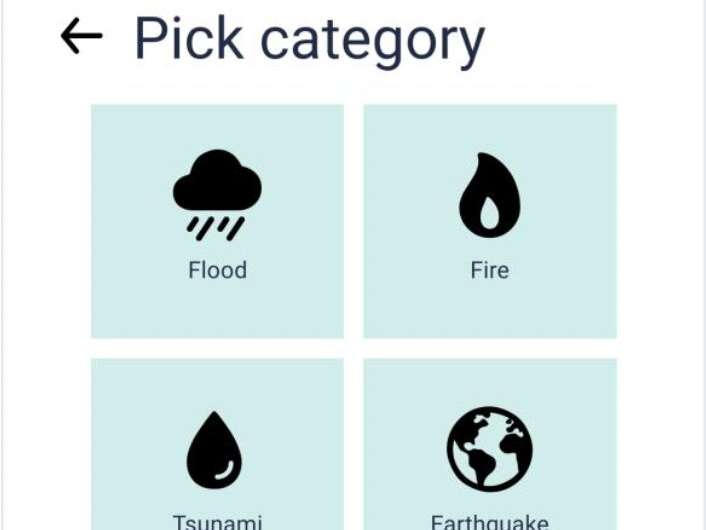
Satellite navigation is not just about travel directions; its applications extend to search and rescue operations, agriculture, autonomous vehicles, sports and perhaps surprisingly, even health. ESA's NAVISP program supports European companies in the creation of satnav-powered solutions with all sorts of applications—among them, emergency response and health care.
Satellite navigation has seamlessly integrated into our daily lives, and while it is commonly associated with navigating unfamiliar city streets or helping find the way to dinner with friends, it is emerging as a revolutionary tool in countless fields, including the health sector.
ESA's Navigation Innovation and Support Program, or NAVISP, supports European companies in the development of new solutions for a variety of sectors using satellite navigation. NAVISP provides funding, technical support and access to a wide community of experts. Within the program's extensive portfolio, a few initiatives are channeling the advantages of these technologies into health care.
Positioning, navigation and timing (PNT) technologies are already used for locating individuals in need, optimizing routes for first responders, tracking pandemics and delivery of medical supplies and monitoring patients remotely. Satellite navigation still holds immense potential, especially in improving the efficiency of medical treatments and reducing response times in crisis situations. NAVISP, by enabling companies to harness PNT capabilities, is crucial in supporting the development of such innovative solutions.
For example, with the support from NAVISP, Fraunhofer Gesellschaft (DE) is studying the feasibility of integrating biosensors and satellite navigation. With their project BIO.PNT, the company is identifying use cases that would benefit from this combination, bringing to life the "lab-on-a-chip" concept (a portable microchip that can perform lab functions like analyses). Some of the challenges to overcome are the size of components and devices to be worn or implanted and their battery life.
Hertz Systems (PL) is working on GEO-CARDIO, a product aimed at improving emergency services operations by providing location and basic medical information of people with implanted cardiovascular electronic devices such as pacemakers and defibrillators.
Help me in Distress (HiD) is an application that allows reporting, monitoring and responding to crises in a timely and coordinated manner to save lives. This project by ITTI (PL), already in use, collects information such as blood type, gender, age and conditions as well as coordinates of the person in distress, and sends it along with the emergency call to other users.
Securing satnav signal during emergency response operations
Accuracy and reliability of global satellite navigation systems is critical in emergency response scenarios: location information can significantly impact life-saving efforts and enhance coordination efficiency. However, these systems can be vulnerable and offer reduced precision in challenging environments such as urban canyons, underground spaces or indoor. To address this, ESA is continuously working on enhancing Galileo's robustness. Additionally, several NAVISP projects are focused on advancing solutions to guarantee resilience, constant availability and real-time updates.
With Pathfinder, Sistematica (IT) and its partners are developing an independent communication system to operate a fleet of aerial, terrestrial and underwater semiautonomous vehicles during emergencies. The solution employs a cooperative positioning technique where a master drone acts as a communication center between civil protection authorities and the rest of the fleet. Data collected by Pathfinder would enable situational awareness of rescue teams, personnel and assets, essential to plan a response.
GMV NSL (UK) developed a proof-of-concept platform combining satellite navigation with low radio frequency technologies to enable continuous navigation when traveling in and out of hard-to-reach environments, where satnav alone is not effective enough.
Citation: Satnav enables medical and emergency response (2024, July 17) retrieved 17 July 2024 from https://techxplore.com/news/2024-07-satnav-enables-medical-emergency-response.html
This document is subject to copyright. Apart from any fair dealing for the purpose of private study or research, no part may be reproduced without the written permission. The content is provided for information purposes only.
